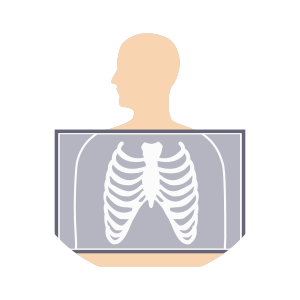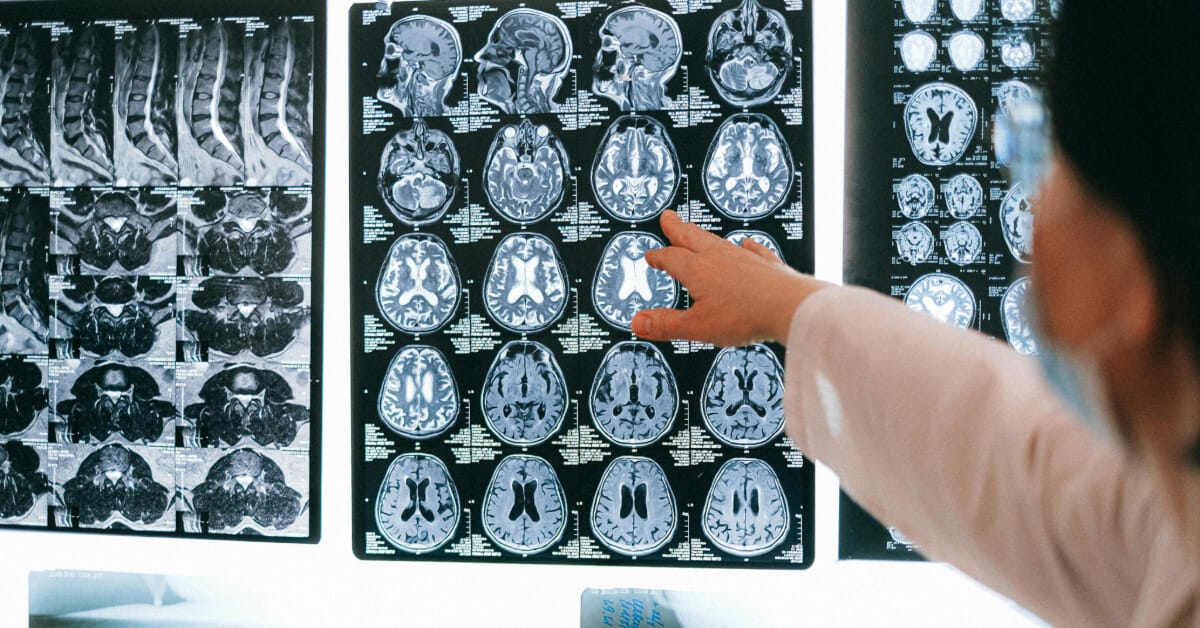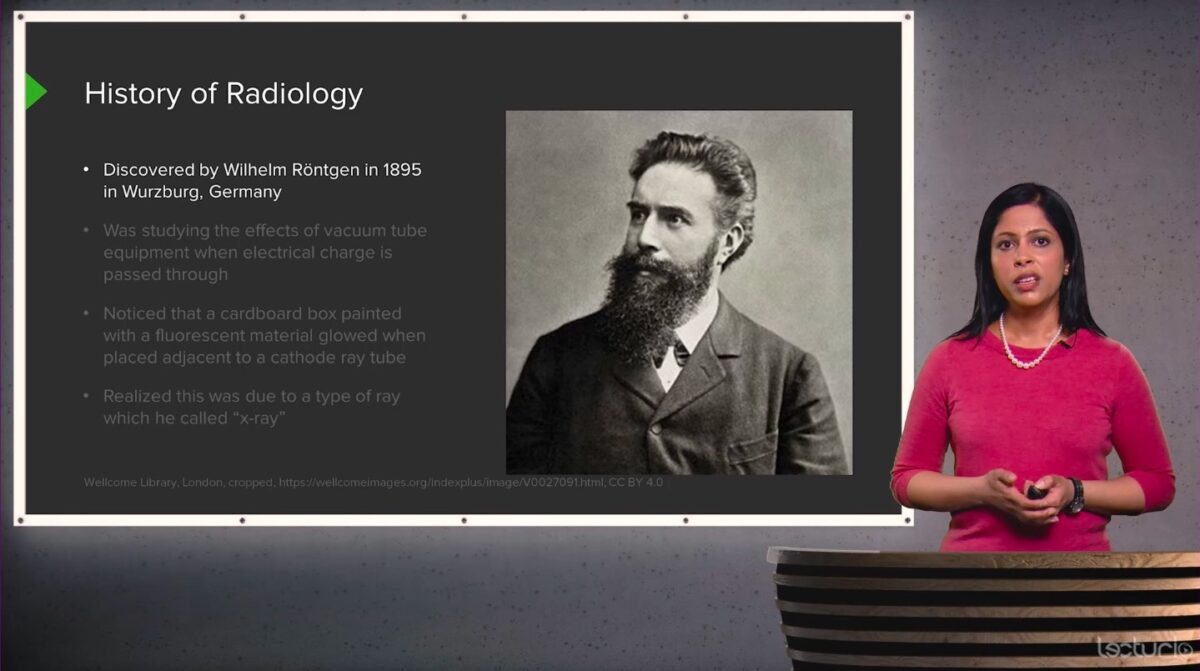For medical students and junior doctors, learning to interpret radiological images is one of the most essential and challenging skills to acquire. The ability to accurately read a chest X-ray, CT scan, or ultrasound is fundamental to diagnosing conditions and guiding patient treatment. Yet, bridging the gap between textbook diagrams and the grey-scale ambiguity of a real scan is a common struggle.
This article will validate some of the common challenges in learning medical imaging, provide a practical, systematic approach to get you started, and explain why a structured radiology course is a powerful tool for building true clinical confidence.
Why Is This So Hard? The Challenge of Medical Imaging
It’s not just you—learning radiology is genuinely difficult. It’s a complex skill that, according to the provided blog post examples, relies heavily on experience, which can be difficult to gain without real-world exposure. The content of this blog post is broken into helpful sections with headings to make the information scannable and readable.
The primary challenges often include:
- Thinking in 3D: You’re looking at a flat, 2D image that represents a complex, 3D structure. Mentally reconstructing the anatomy is a skill that takes time and practice to develop.
- Understanding Radiodensity: Distinguishing between different shades of white, grey, and black to identify tissues, fluids, bone, and air requires a trained eye.
- Knowing Normal vs. Pathological: Before you can spot a problem, you must have a deep understanding of what normal anatomy looks like across a wide range of patients.
A Systematic Approach to Interpretation (The ABCDEs)
To avoid getting overwhelmed, it’s crucial to use a systematic approach every time you look at an image. Relying on a mnemonic prevents you from missing key findings.
For interpreting chest x-rays, one of the most common methods is the ABCDE approach. Here’s a basic breakdown:
- A – Airway: Check the trachea. Is it centrally located? Are the main bronchi visible?
- B – Breathing: Assess the lungs. Are they equally inflated? Are there any abnormal shadows or markings? Check the pleura.
- C – Cardiac: Look at the cardiac silhouette (the heart’s shadow). Is it enlarged? Are the heart borders crisp?
- D – Diaphragm: Examine the diaphragm. Is the costophrenic angle (the sharp corner where the diaphragm meets the ribs) clear? Is one side higher than the other?
- E – Everything Else: Finally, check the bones (ribs, clavicles), soft tissues, and any tubes or lines that might be present.
Using a structured method like this ensures a thorough evaluation and builds a foundation for developing your clinical reasoning skills.
Beyond the Basics: Why a Structured Course Beats On-the-Job Guesswork
While mnemonics are an excellent starting point, true competence in radiology requires a deeper, more comprehensive understanding. Trying to learn sporadically during busy clinical rotations has its limits. You may not encounter a wide variety of cases, and there is often little time for in-depth discussion or feedback from senior physicians.
This is also where the limitations of a free online radiology course become clear. Unvetted online videos often lack the academic rigor, systematic structure, and formal accreditation necessary for a core medical skill.
A proper radiology course online must be:
- Accredited: The course should be offered by a recognized institution that awards formal academic credits, such as ECTS (European Credit Transfer and Accumulation System), which is the internationally respected standard for higher education. The European Commission defines ECTS as a tool for making learning more transparent and comparable.
- Comprehensive: It should cover a wide range of imaging modalities (X-ray, CT, MRI, Ultrasound) and apply them across different organ systems.
- Systematic: The curriculum should be logically structured to build your knowledge from basic principles to complex clinical applications.
The Solution: Mastering Radiology System by System
To build a truly foundational skill set, you need a comprehensive and systematic program. Lecturio’s Accredited Online Radiology Course is specifically designed to take you from the basic principles of different imaging modalities to their clinical applications, system by system.
This online radiology course addresses the needs of medical students and clinicians by providing:
- 6 ECTS Credits: You earn a formal academic credential from an accredited university.
- A Formal Certificate: This provides verifiable proof of your training, which is a valuable addition to your professional portfolio or CV.
- Flexibility for Busy Schedules: The self-paced online format allows you to learn effectively around your demanding clinical rotations.
Conclusion: Build Your Diagnostic Confidence
Don’t just get by on guesswork. Systematically building your radiology interpretation skills is essential to becoming a more confident and effective clinician. A structured, accredited radiology course provides the in-depth training needed to turn uncertainty into diagnostic confidence, ultimately leading to better patient care.

Enroll to our Radiology course today
Ready to stop feeling uncertain and start making diagnoses with confidence?
Do you want to learn more and earn a Diploma of Advanced Studies in the fundamental organ systems that constitute the cornerstone of internal medicine practice? Then enroll in our Internal Medicine II program and earn 30 ECTS!




